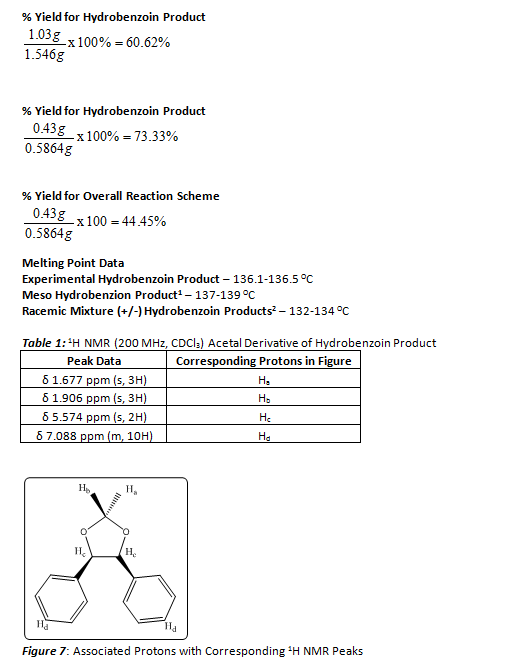

By reducing the amount of K 2CO 3/18-crown-6 and adding of a full equivalent of Proton Sponge ® as a nonnucleophilic base, the acyl migration was successfully suppressed and this modified procedure yielded the monoacylates 63 with 80% ee (entry 5). This indicates that base-catalyzed acyl migration is a significant obstacle to successful desymmetrization. The treatment of the enantioenriched product with K 2CO 3/18-crown-6 yielded the racemic material within 2 h. The reaction of 2a in the presence of triazolium salts 62a or 62b and 18-crown-6 yielded the monoacylated product with 20% ee or 41% ee, respectively ( Table 3, entries 1 and 2). 29b However, asymmetric desymmetrization by oxidative acylation of 2a with cinnamaldehyde instead of cinnamyl alcohol yielded promising results. 29 Application of this protocol to the asymmetric desymmetrization of primary diols in the presence of chiral triazolium salts yielded the corresponding monoesters with low ee. Scheidt and coworkers developed a catalytic oxidation system by NHC including the tandem oxidation process of allylic, propargylic, and benzylic alcohols in the corresponding esters with manganese(IV) oxide as shown in Scheme 14. However a 43% yield of trans stilbene was obtained on treatment of the ketal at 200☌ for 2 hr with DBN. In the event, the ketal from p-nitro-benzaldehyde and meso hydrobenzoin 16 resisted fragmentation under mild conditions, where the initially formed cis stilbene is stable.

16 We felt that an enhancement of the acidity of the proton involved in ketal fragmentation would enable the reaction to proceed well and therefore p-nitrobenzaldehyde could be a useful reagent for the transformation of vic diols to olefins.

Thus, meso hydrobenzoin– benzaldehyde ketal gave only 6% trans stilbene from complex mixture arising from treatment with nBuLi. The fragmentation of ketal conjugate bases is complicated in the case of substrates having other similar acidic sites. However, the reverse process could be exploited for the transformation, vic-diols to olefins. It is difficult to suggest such an example with uncomplicated substrates and therefore we hold little hope of designing a carboxylate that would add to olefins. It can also be concluded that the reaction would proceed in the forward direction in the event the product carbon acid is stronger than the starting oxygen acid. One could readily see that the free energy difference here is truly formidable and the great propensity for the reverse fragmentation is understandable.


 0 kommentar(er)
0 kommentar(er)
